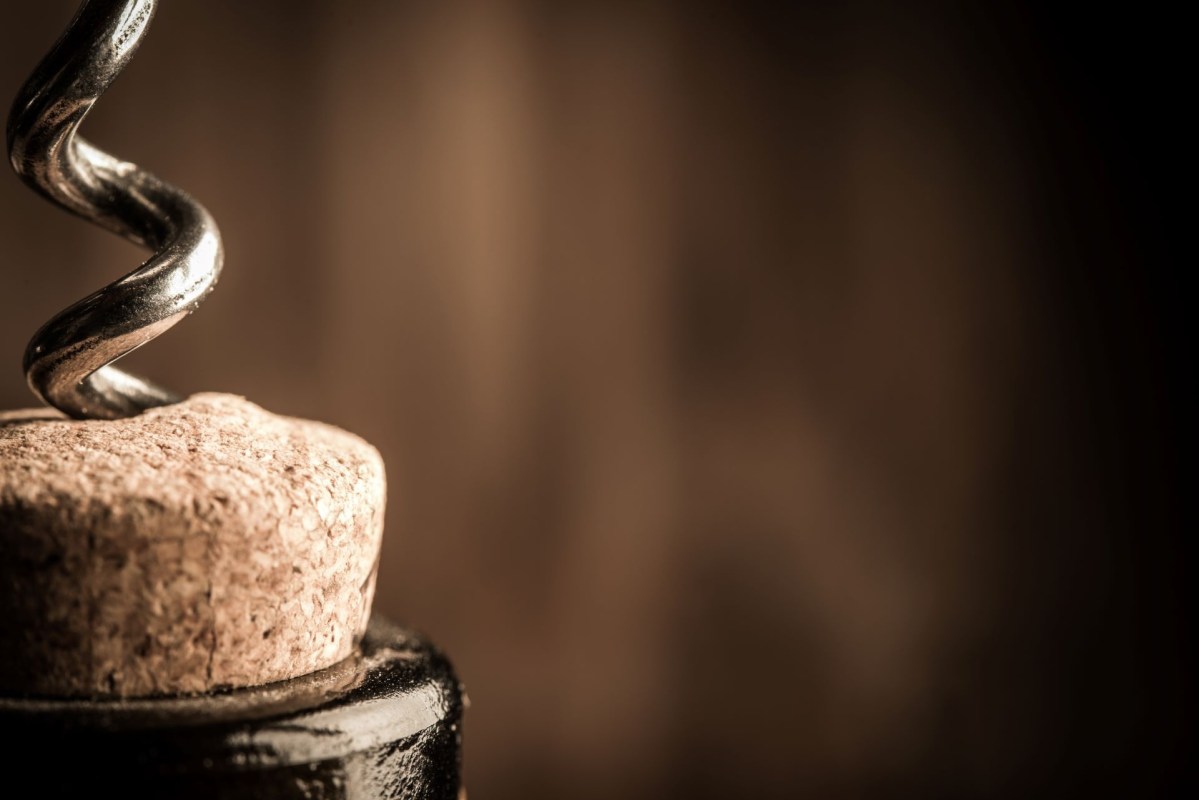Memo boards. Flooring tiles. Home insulation. The core of baseballs, cricket balls, and others. And, of course, who can forget the iconic wine bottle stopper?
Cork has many practical uses, and it's easy to understand why. It's durable, waterproof, fire-retardant, flexible, and serves as an excellent insulator. And it's all natural.
If that last descriptor came as a surprise to you, you're not alone. Many wine drinkers and memo note pinners don't think much about where cork comes from.
Want a visual before we dive into the wild and wonderful world of cork? Check out this recent video of a cork harvest — it might blow your mind.
This is how cork is harvested,
— Science girl (@gunsnrosesgirl3) February 11, 2023
The Quercus suber (the cork oak) is the primary source of cork used for many products including wine bottle stoppers
Bark can be stripped without permanent damage and is regenerated about 12 times during the tree's lifepic.twitter.com/IWZyhOeNEN
"So essentially a cork is just wood bark?" one commenter replied to the video. "Nature is truly fascinating."
Cork trees: Quercus Suber
Money may not grow on trees, but something else does: cork.
Before it reaches your hands, cork starts as the bark of the cork oak (or Quercus suber), an evergreen oak tree that grows in the Mediterranean basin.
These trees naturally thrive around southwestern Europe and northwestern Africa, though they've been cultivated in other parts of the world. Spain and Portugal, however, remain the masters of cork production.
An eco-friendly material
With so many uses for cork, the material has gotten very popular — for both practical and aesthetic reasons. But is it sustainable? And is it safe for the tree?
With a drive toward eco-friendly choices, this is a great question to ask. After all, switching to natural products is generally a great choice, though it's essential to know the bigger-picture impact.
TCD Picks » Upway Spotlight

Let's start with the basics. As you may have noticed in the cork harvesting video, cork comes from the bark of the cork oak. After a 25-year initial growth period, the bark can be harvested from the tree every nine years. Since cork oaks live up to 300 years, that's a lot of cork!
Not only is cork harvesting not harmful to the tree, but it's also positively impactful on the environment. Harvested cork trees absorb three to five times more carbon pollution than non-harvested trees.
That means a country like Portugal — home to more than a third of global cork forests — offsets 10 million tons of carbon pollution yearly. As a natural producer of oxygen, too, cork gives a lot back to the planet.
Here are a few more eco-friendly fun facts about cork:
While fire resistant, cork doesn't release harmful gases like chloride and cyanide when burned.
It's 100% biodegradable, renewable, recyclable, and natural.
Cork can replace plastic and leather in many applications, making it an aesthetic, durable, and earth-friendly option.
It's a reliable thermal, acoustic, and vibration insulator.
Cork forests in Portugal are home to 160 species of birds, 24 species of reptiles and amphibians, and 37 species of animals, including some endangered or threatened.
So the next time you open a bottle of wine or consider a fun DIY cork project, we hope you'll think of the beauty and magic of the cork oak that made it all possible.
Join our free newsletter for easy tips to save more, waste less, and help yourself while helping the planet.













